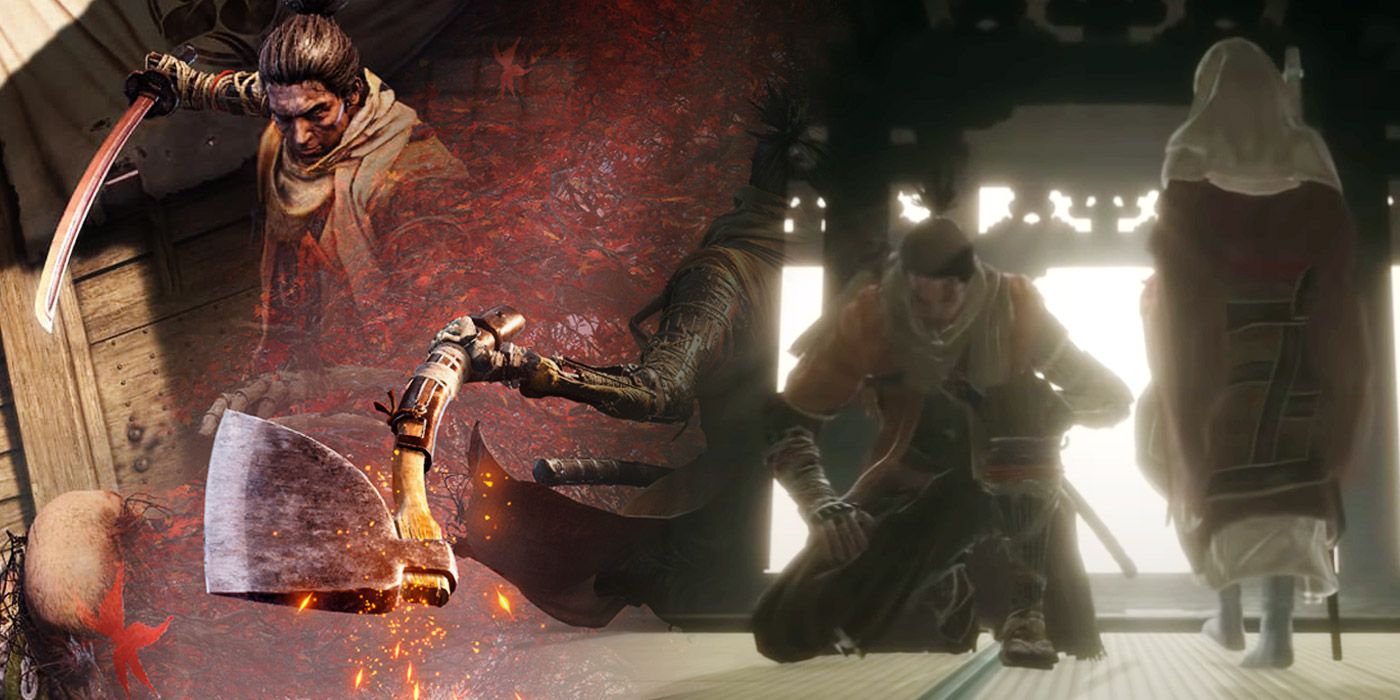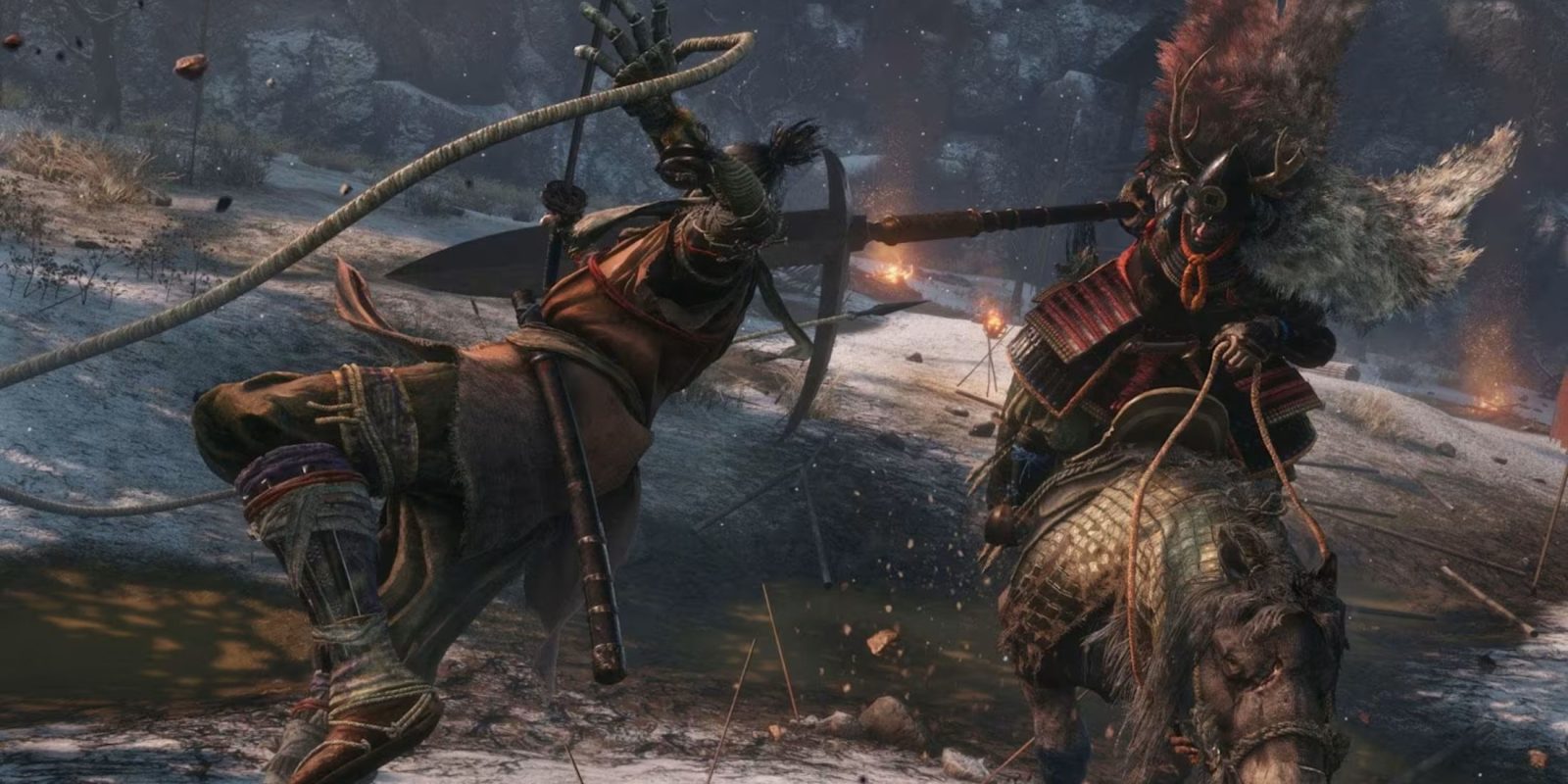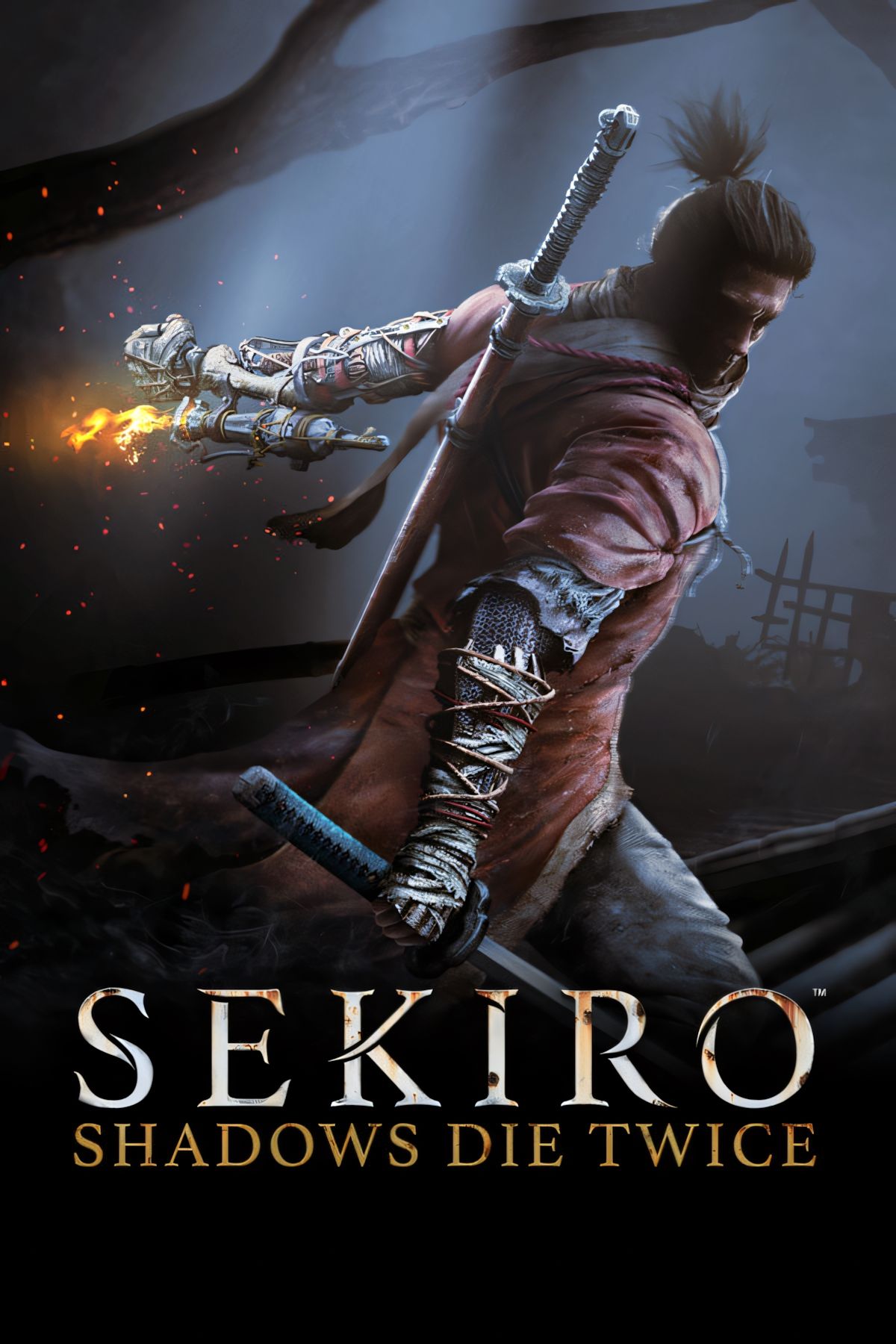FromSoftware’s Sekiro: Shadows Die Twice is a significant departure from the traditional Soulsborne formula. The game emphasizes parrying-based combat and exploration over RPG-style leveling and one of the more contentious aspects of the game was its upgrade material system, which allowed players to enhance the capabilities of their prosthetic tools. While it is a nice cue to push people to explore the game and interact with merchants, actually finding the resources needed can be tedious.
While there is no confirmation of a sequel and a Sekiro follow-up seems like a far cry for now, it’s worth exploring how a potential sequel could reconsider the mechanics of upgrade materials to maintain the balance between challenge, reward, and pacing. Upgrade materials in a potential sequel, if ever there is one, needs to be far from the time-consuming obstacle it currently is.

Related
Sekiro 2 Has a Huge Opportunity to Address One Key Criticism
The lack of one key feature may be the only thing that holds back Sekiro from being From Software’s best title, and Sekiro 2 needs to fix that.
The Role of Upgrade Materials in Sekiro’s Design
Tools like the Loaded Shuriken or Flame Vent could be upgraded into more powerful versions in the first installment. However, to upgrade Sekiro prosthetic tools and weapons like these, players need to collect rare materials, such as Scrap Iron or Lump of Grave Wax, often hidden in hard-to-reach areas or dropped by challenging enemies. As much as this system encouraged exploration and rewarded persistence, it introduced a grind-heavy aspect to a game for a mere weapon upgrade.
While the extended gameplay may be rewarding for those willing to scour the world or repeatedly farm enemies, the grind often feels disproportionate to the benefits of the upgrades. Instead of forcing Sekiro players to spend their time hunting for rare Sekiro materials, which are largely out of the way, a sequel should perhaps tone down on how many resources are needed, much less tone down the branching upgrade trees themselves.
Games like
Dota 2
or
League of Legends
excel at rewarding farming mechanics because their maps are small, clearly visible, and designed to facilitate a consistent, focused progression. In those games, farming and crafting items feel satisfying because they are part of a broader strategic loop.
Farming for Rare Materials Doesn’t Fit Well in Sekiro
Sekiro thrives on exploration, environmental storytelling, and immersion in a sprawling, interconnected world. The game isn’t about repetitive farming or incremental upgrades to rank up at the end as is the case with most multiplayer games. The whole motivation lies in its ability to weave gameplay and storytelling into a cohesive experience. Forcing players to grind for materials as they would in a MOBA title dilutes this focus, regardless of how impactful upgrades can be when procured.
How Sekiro 2 Should Navigate Upgrading Materials
If a Sekiro sequel were ever to materialize, a smarter approach to upgrading materials would go a long way. Instead of scattering materials in obscure locations or tying them to random enemy drops, the game could integrate them into structured challenges. For instance, only mini-bosses or specific side quests could yield these materials. Sekiro 2 would also benefit greatly if it were to pull from titles like God of War Ragnarök.
In God of War: Ragnarok, upgrades and resources are often tied to emotionally charged side quests, like aiding Freya in confronting her grief or uncovering the mysteries of forgotten realms, making progression feel like a natural story extension. Sekiro is definitely more character- and story-oriented than FromSoftware’s action-RPGs and could take advantage of that by having optional questlines reap such rewards rather than having to commit to a New Game Plus grind.












Leave a Reply